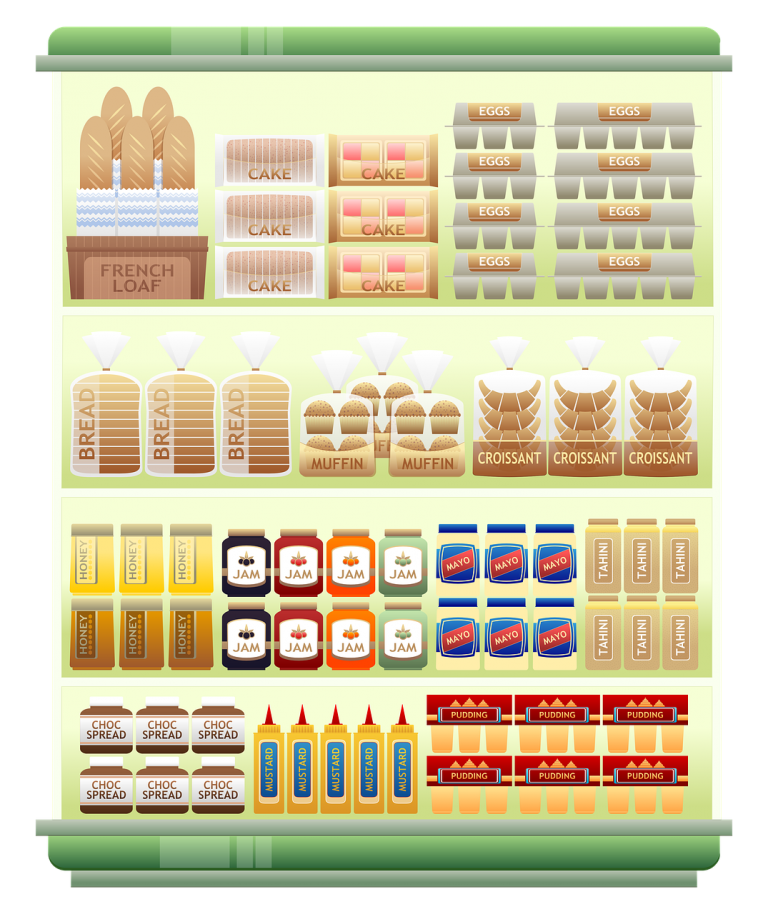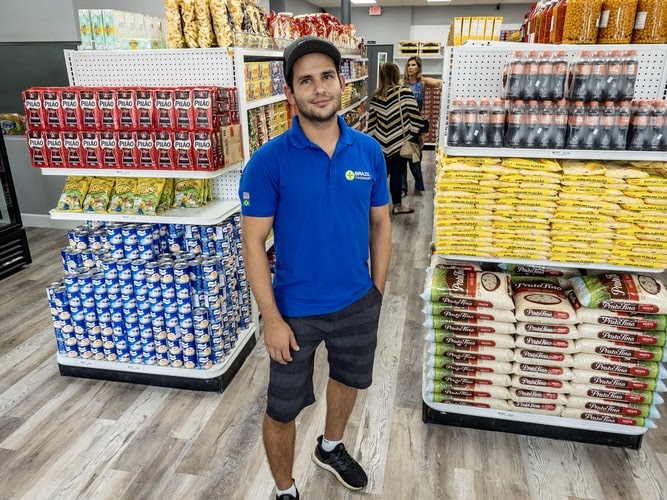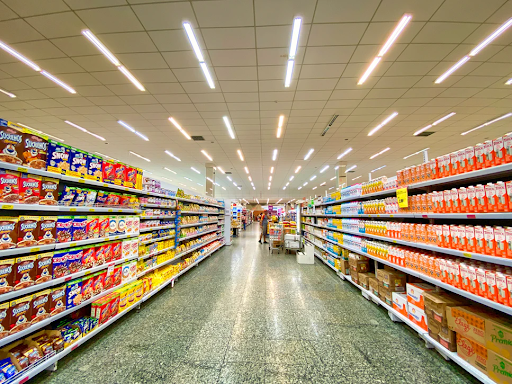
A rigorous store audit is imperative to maintain and protect company assets. Compliance shelf watch audits help a company to reduce shrinkage and comply with regulatory requirements. Retail shelf monitoring helps in monitoring shelf accessibility of its product as mandated by the service level agreement.
Most modern audit software provides real-time information to management and helps identify and resolve issues with stacking and inventory.
A look back at History
Traditional Store History

This methodology includes a visit from an internal auditor to the retail store. He completes a formal audit work plan in which he counts and documents all the stock on display and in the store inventory. The whole task results in significant paperwork. This documentation is then fed into analysis tools. This subsequent transfer results in a substantial time lag between the audit and reporting of findings to management. This lag slows down the decision-making process and leads to missed opportunities to implement timely corrective action.
Also, due to many constraints, the traditional audits alone can never be 100% relied upon for management decisions. Incomplete or infrequent coverage of stores, limited man-hours, resource limitation, and many more factors leads to limited efficiency and effectiveness of traditional retail compliance audits. Staffing priorities, such as assisting with the implementation of new regulatory processes, annual audit projects and limited man-hours, as well as strained budgets, keep some internal audit, loss prevention or store operations functions from venturing into the electronic store audit world.
Current Scenario

Today any field agent can start planogram compliance audits with ease using just a tablet or smartphone. The software allows field reps to perform audits to — the tedious paperwork and has considerably improved the efficiency of the entire process. Retail audit software helps executives plan audits to gain insight into all aspects of their business, as well as schedule them at the appropriate intervals. Technology has helped the retail auditing companies to manage the colossal amount of data associated with conducting a store audit.
Following are the points which give us a better idea in understanding the retail audits conducted in a traditional era against the audits conducted using retail audit software:
Data Collection Techniques
Earlier the data was captured on pen and paper. The field reps visit the retail stores with data forms and capture information on papers. The data capturing was limited to what fits on a form. The whole process was clumsy, wasteful and flat-out inefficient. With the introduction of retail audit software in the form of shelf watch, the business inspectors can capture photographs, record videos and audios, and capture barcodes, etc. The retail audit software enables the business inspector to fill the entire worksheet and sync it simultaneously, giving immediate visibility to the manager who can review the report related to shelf watch.

GEO-TAGGING OF FIELD REPRESENTATIVES
In the traditional era, the managers had no idea where the business inspectors are and if they are submitting the reports or not. But with the retail audit software, the managers can monitor all the field activities in real-time. Managers will have complete information about whether retail audits have been performed on time or not. An audit conducting app allows the manager to track the shopper and verify whether the retail audit was genuinely conducted at the audit location or not. These apps provide a feature to capture the GPS for every response made by the business inspectors.

NOTIFICATIONS OR ALERTS TO MANAGEMENT
Earlier, the notifications were inexistent. The business inspectors must call to inform an anomaly or the situation might linger until someone notices it on a report. As all the processes were manual hence most of the communication took place over phones as the managers gave the instructions to the business inspectors. With the advent of retail audit software, the managers had the provision to set up automatic notifications of events related to certain tasks assigned to the business inspectors.

Real-Time Reporting
When all the individual reports are submitted, then only the managers could process and generate insights from the data. Such kind of reporting process affected the decision-making process and slowed down the necessary corrective actions. With the help of retail audit software, the managers now have access to real-time reports with detailed information which speeds up the process of decision making. The auditing app enabled the field representative to fill the entire report with image and video proofs and sync it simultaneously. This also helped the managers to track in real-time how the project is progressing and if it according to the defined plan or not.
Challenges

Retail businesses are regularly engaged in competition with one another, and this competition can create price wars, forcing a need to keep tight control over inventory and other important data.
The retail industry is often faced with inefficient and poor auditing plans that make competing with other companies difficult. The common industry sentiment is that they are not happy with the current software / Web-based auditing solutions and they believe that the whole industry will profit greatly if a comprehensive technology solution can reduce the inefficiencies in the auditing process.
Retail execution is a challenging, fast-paced, and high-performance field. The complications are often hidden to those outside the industry, the intricacies of in-store displays and shelf organization are like an elaborate puzzle for field agents to solve with products and promotions. Many retail reps are still burdened by repetitive, manual administrative processes, prevented from performing at their best and doing what they really excel at — fighting for shelf space and building great customer experiences.
Before you can solve a problem, you must recognize and understand it. Let’s look at the top five inefficiencies of today’s typical retail execution team.
Reps get stuck planning for visits instead of maximizing time in-store
Today many reps spend too much time in planning and not enough time in-store. Before meeting with a customer, brand representatives prepare agendas that cover previous discussions with retailers, past promotions at the store, and location-specific issues. Developing these agendas is a crucial part of the representative’s work, but combined with building a list of scheduled visits, planning travel routes, mapping directions to each location, and reviewing past sales data, even the most efficient rep can easily get bogged down.

Planogram compliance assessment — Inefficient and Ineffective
Even with software at the agents’ disposal, Planogram compliance assessments are often extremely time-consuming, as each requires meticulous, manual input to guarantee that products on the shelves precisely match the planogram. And even with all of that work, most consumer brands are blind to the effectiveness of promotions and planograms as they have zero in-store visibility into what consumers are looking at or how they’re interacting with displays.
Reps are always playing catch up with backlogs — Reactive vs Proactive
Any issues within retail execution teams can have a tremendous impact on the bottom line of the company. The processes currently in use prevent organizations from having the visibility and up-to-date data they need to proactively address problems. During crucial sales periods and events, the lack of insight can seriously hamper store performance and potentially decrease sales figures for the whole year. When faced with a stockout, very few consumers delay their purchase. The vast majority simply shift to a different brand. Knowing after the fact that you lost sales while a product was in the back of the store offers little comfort and no guarantee that your inventory is on the shelf next time.
Decisions aren’t always made using the best data — or even the same data
And even after all aggregation using the software, many organizations end up with tons of unprocessed physical data dispersed across geographic locations. This creates long lag times between store visits and the availability of reporting and gives the opportunity for greater potential for errors.

SOLUTION — MAN + MACHINE
History dictates that none of them has performed well in isolation. Traditional retail stores suffered from human errors while employing the human workforce to perform compliance audits. Current solutions improve efficiency but the time lag between collection of shelf data and processing it to gain insights proves costly in this highly competitive environment. Companies need a comprehensive solution that reduces the reliability of field agents to record perfect data and the time lag between input (pictures, videos from shelves ) and output (useful insights from data).
Here, artificial intelligence comes to the rescue. ParallelDots has leveraged the power of AI to create ShelfWatch, a service that empowers field agents with flexibility and companies with scalability. Shelf Watch will eliminate all bottlenecks in the traditional retail audit process that is currently eating into the revenue of the consumer goods organizations. The extent of its advantages can be fully understood by analyzing each stakeholder in the retail audit process.
Field Agents
The reps face major challenges while collecting data in the form of pictures and videos. There is a lack of uniformity in stacking patterns across retailers which leads to different kinds of pictures in terms of stock orientation, lighting, and positioning. Field agents struggle with maintaining consistency with the data they collect because such non-standard pictures take longer to analyze. In the pursuit of standard images, field agents fall prey to other types of human perception biases.
ShelfWatch helps the field agents by giving them the flexibility to take all possible pictures in any orientation, lighting or positioning. Such flexibility is allowed because shelf watch is not dependent on standard uniform images to give accurate output. Using state-of-the-art AI algorithms, Shelf Watch is able to analyze even the most distorted images because it uses AI packs recognition technology.
Retailers
Compliance audits are tough tasks for retailers as well. To comply with the pre-set planogram is part of the service agreement between the retailer and the brands. If in the final assessment the retailers are found to be violating the agreement by displaying too few products, or by not positioning the products correctly, it can attract penalties and even termination of contracts ( in extreme cases ).
Since retail ShelfWatch allows field reps to be flexible while collecting data, it will also help retailers comply with the service agreements because all the images collected by the agents are analyzed irrespective of the light, positioning, and orientation of the products on the shelf. This saves retailers from false audit reports because even if their shelf is not well stacked in terms of positioning and lighting, Shelf Watch will detect all the objects on the shelf, thus reducing incidences of non-compliance due to poor data collection.

Brands
Finally, it will be the Consumer Goods companies that will benefit the most from our AI-powered solution. They will be able to analyze all types of pictures from retail audits by using Smart Gaze for shelf object detection. Smart Gaze will help cut the time lag between input data and final insights. This abets the company to take on-time corrective action, if necessary.
Found the blog interesting? Read this blog to understand how ShelfWatch helps in analyzing the brand presence and visibility on shelves.
Want to see how your own brand is performing on the shelves? Click here to schedule a free demo.
- Author
- Recent Posts
(see all)
- ShelfWatch – A Smart Image Recognition based Retail Execution Software - November 10, 2021
- How Photo Recognition helps in Retail Shelf Monitoring - October 23, 2021
- Announcing our ISO 27001:2013 Certification - August 14, 2021



